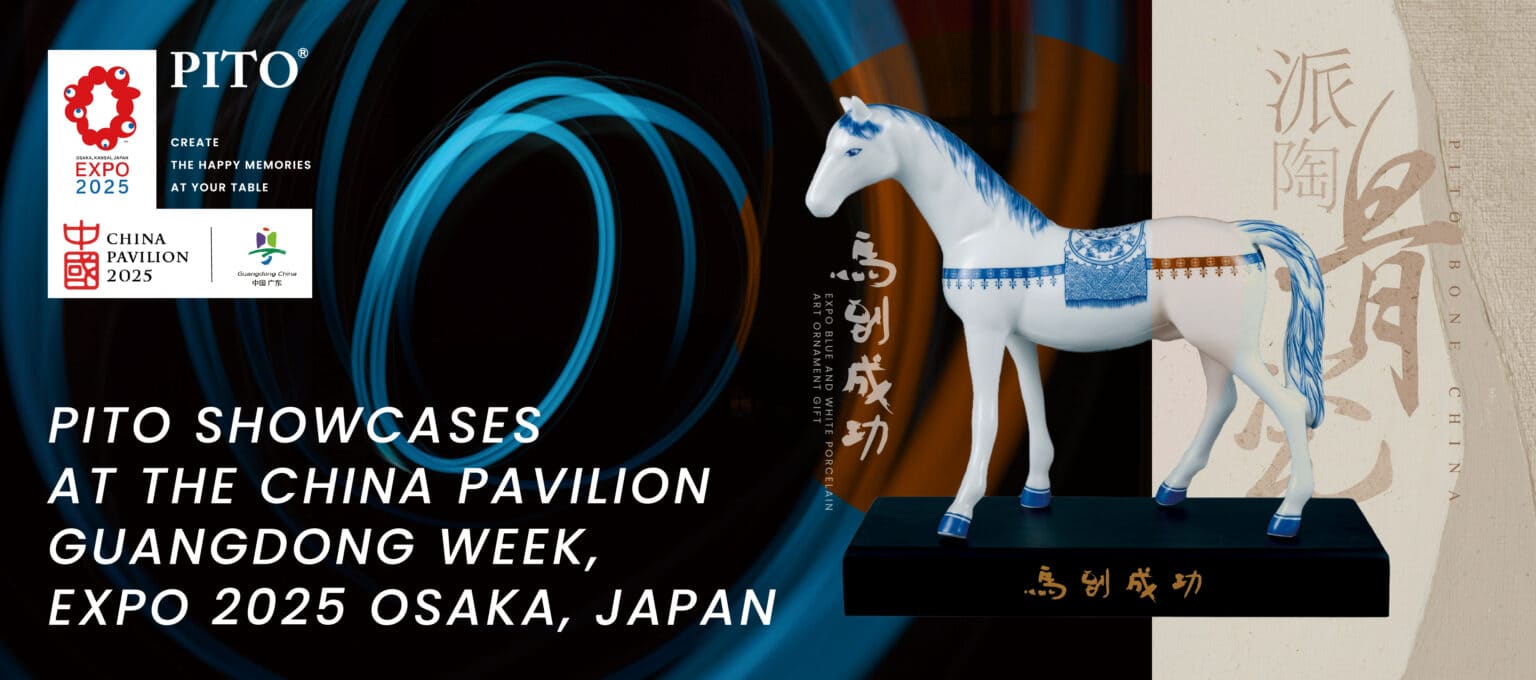When it comes to creating an exquisite dining experience, choosing the right ceramic dinnerware plays a crucial role. The dinnerware you select not only enhances the presentation of your meals but also reflects your personal style and adds to the ambience of your kitchen. With a wide range of options available in the market, it is essential to make an informed choice.
In this article, we will explore the factors to consider when buying ceramic dinnerware, from understanding the different types of ceramic materials to evaluating the durability and functionality of the dinnerware. Additionally, we will delve into safety considerations and budget considerations, and provide insights into different buying options. Let’s dive in!
What is Ceramic Dinnerware
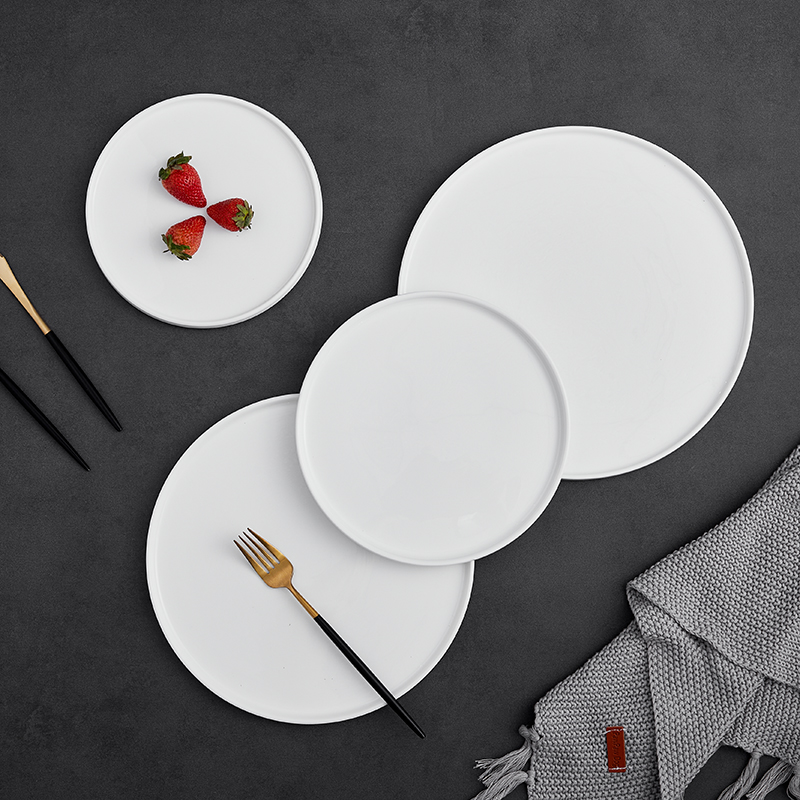
Ceramic dinnerware is a popular choice due to its timeless appeal and versatility. It adds elegance and sophistication to any dining table. Ceramic dinnerware is made from various types of clay that are fired at high temperatures. The firing process enhances the strength and durability of the ceramic material, making it suitable for everyday use.
There are different types of ceramic materials used in the production of dinnerware, including earthenware, stoneware, and porcelain dinnerware.
- Earthenware is the oldest form of ceramic dinnerware. It is known for its rustic charm and is typically more affordable.
- Stoneware, on the other hand, is more durable and chip-resistant, making it suitable for everyday use.
- Porcelain is considered the finest type of ceramic dinnerware, known for its delicate and elegant appearance.
Each type of ceramic material has its pros and cons. Earthenware is less durable and porous, making it more prone to chipping and staining. Stoneware is durable but heavier. Porcelain, though delicate, is highly resistant to chipping and staining. The choice of ceramic material depends on personal preferences and intended use.
Factors to Consider Before Purchasing
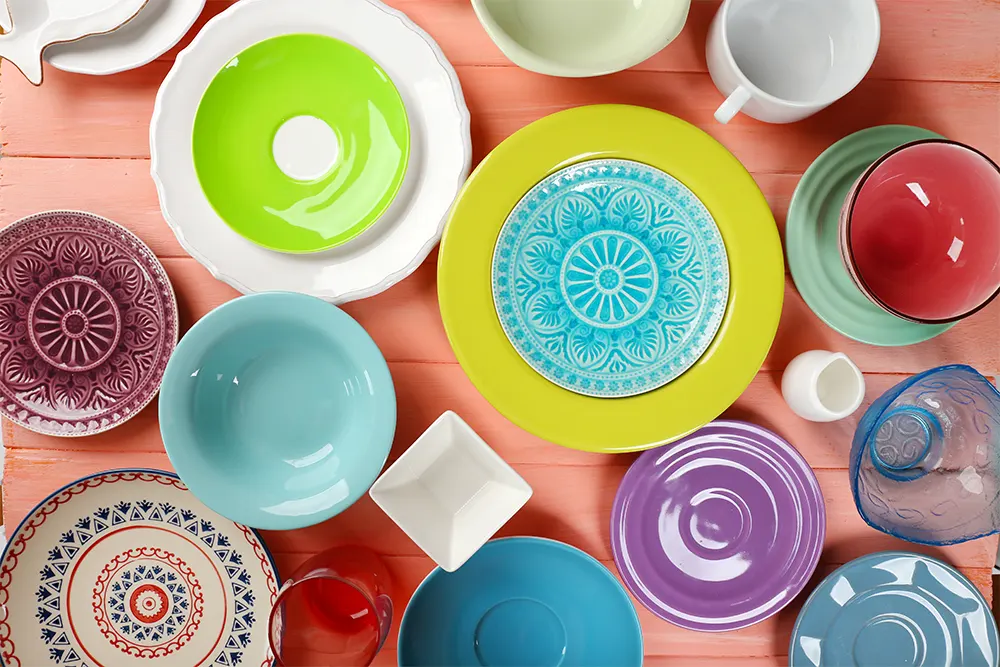
A. Style and Design
When choosing ceramic dinnerware, it is crucial to consider your personal style and kitchen decor. Dinnerware is an extension of your personality and can greatly influence the overall aesthetic of your dining experience. There are numerous design options available in ceramic dinnerware, ranging from traditional to contemporary.
Traditional designs often feature intricate patterns and detailing, evoking a sense of nostalgia. These designs are perfect for special occasions and formal dining. Contemporary designs, on the other hand, boast clean lines and minimalistic patterns, exuding a modern and sleek look. They are suitable for everyday use and can effortlessly blend with various kitchen styles.
To choose the right style and design, consider the overall theme and color scheme of your kitchen. Opt for dinnerware that complements the existing decor and enhances the ambiance of your space. Additionally, consider the size of the dinnerware, ensuring it fits well in your kitchen cabinets and dishwasher.
B. Durability and Quality
Durability and quality are essential factors to consider when purchasing ceramic dinnerware. You want dinnerware that can withstand the test of time, resist chipping and cracking, and maintain its appearance even after multiple uses and washes.
The thickness of the dinnerware plays a significant role in its durability. Thicker dinnerware is generally more durable as it is less prone to chipping and breaking. Additionally, consider the glazing and manufacturing process of the dinnerware. High-quality dinnerware is often carefully crafted and undergoes rigorous quality control to ensure its longevity.
To evaluate the quality of ceramic dinnerware, examine its weight and thickness. Quality dinnerware tends to be heavier and has a strong and solid feel. Inspect the glazing for any irregularities, cracks, or bubbles, as these can affect the durability of the dinnerware.
C. Functionality
Functionality is another important aspect to consider when buying ceramic dinnerware. Consider the types of dishes you regularly prepare and serve, and choose dinnerware that caters to your specific needs. Common types of ceramic dinnerware include plates, bowls, and mugs.
When considering functionality, look for features such as stackability, microwave-safe, and dishwasher-safe. Stackable dinnerware helps save storage space and makes it easier to organize. Microwave-safe dinnerware allows for convenient reheating of leftovers, while dishwasher-safe dinnerware simplifies the cleaning process.
D. Size and Capacity
Size and capacity are crucial considerations when purchasing ceramic dinnerware. Different sizes are available to cater to various purposes, from everyday use to special occasions.
For everyday use, consider smaller-sized plates and bowls that are practical and easy to handle. Larger-sized plates and bowls are ideal for serving guests or when hosting special dinners. When choosing the size of dinnerware, ensure they fit well in your kitchen cabinets and dishwasher.
Considerations for different types of dishes are also important. For example, soup bowls should have enough depth to hold an adequate amount of soup without spilling, while dinner plates should be large enough to accommodate main courses and additional sides.
Safety Considerations
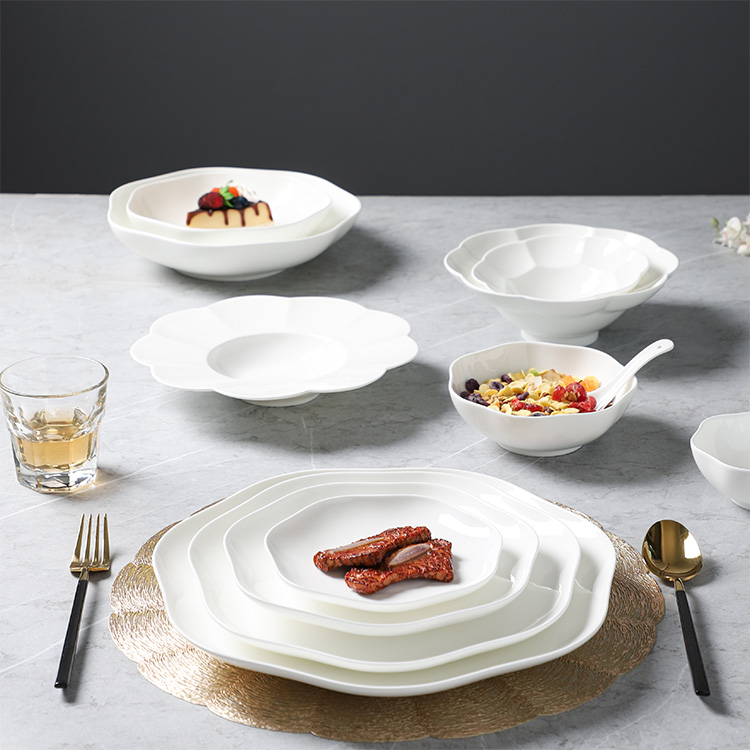
A. Lead- and Cadmium-Free Dinnerware
Safety should always be a top priority when buying ceramic dinnerware. It is crucial to choose dinnerware that is free from harmful substances, such as lead and cadmium. These heavy metals can leach into food and pose potential health risks.
Lead is a toxic substance that can cause various health problems, including damage to the nervous system, kidneys, and reproductive organs. Cadmium exposure has been associated with kidney damage and increased risk of certain cancers. Therefore, it is imperative to choose dinnerware that meets safety standards and is certified lead- and cadmium-free.
To ensure the dinnerware is lead- and cadmium-free, look for labels or certifications from reputable organizations, such as the Food and Drug Administration (FDA) or the European Union’s REACH regulation.
B. Non-Toxic Glazes and Finishes
The glazes and finishes used in ceramic dinnerware can also have an impact on safety. Some glazes may contain toxic substances, such as lead or arsenic, which can leach into food and pose health risks.
When buying ceramic dinnerware, it is crucial to opt for products with non-toxic glazes and finishes. These glazes are free from harmful substances and offer peace of mind in terms of food safety. Look for dinnerware that is labeled as “food-safe” or “non-toxic.”
In addition to non-toxic glazes, you may consider alternative options for non-toxic dinnerware, such as glass or stainless steel. These materials are inherently non-toxic and provide a safe alternative for those who are particularly conscious about food safety.
Budget Considerations
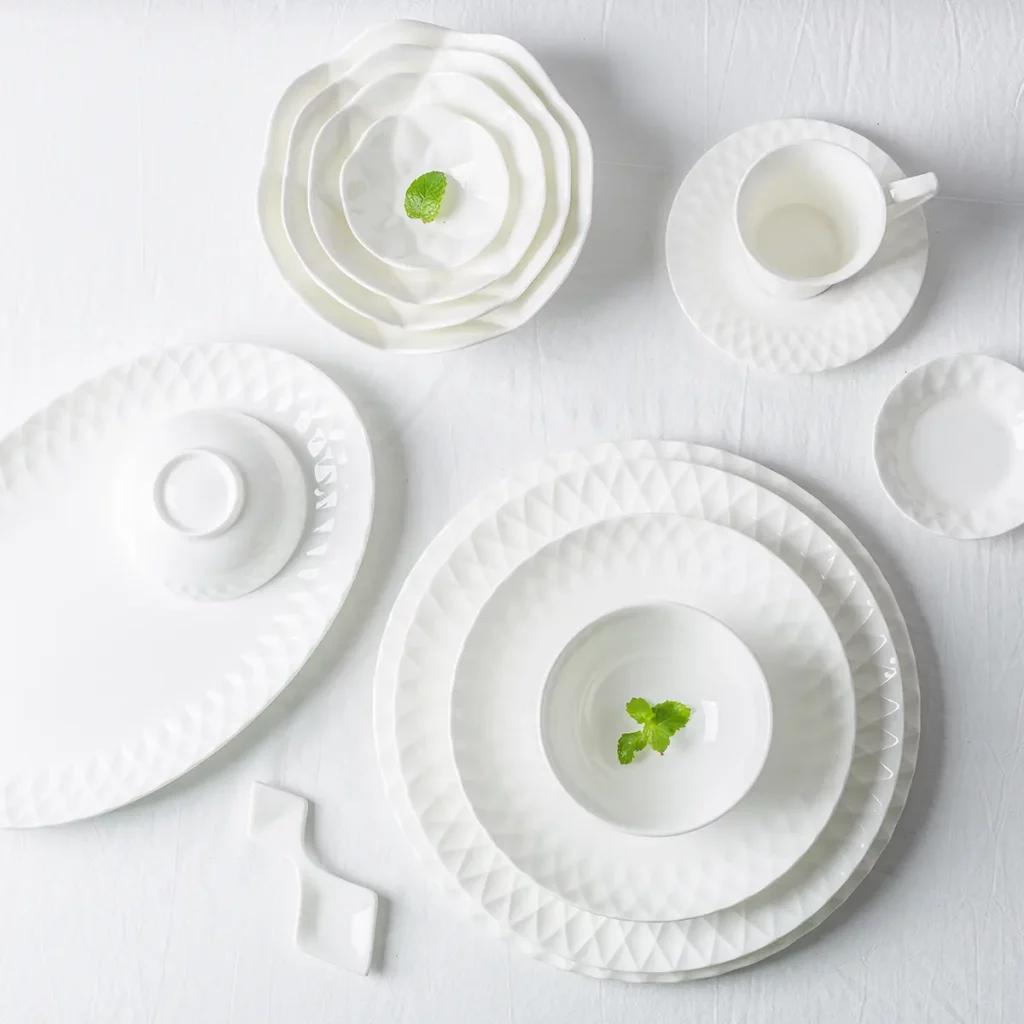
Setting a budget for ceramic dinnerware is an important aspect of the purchasing process. The cost of ceramic dinnerware can vary significantly, depending on factors such as the brand, manufacturing process, and design intricacy.
Different price ranges are available to suit different budgets. It is important to strike a balance between quality, durability, and affordability. While it may be tempting to choose the cheapest option available, investing in higher-quality dinnerware can save you money in the long run, as it is likely to last longer and maintain its appearance.
Consider your personal budget and prioritize the factors that are most important to you, such as durability or design. By doing so, you can make an informed decision and choose dinnerware that meets both your aesthetic preferences and financial constraints.
Buying Options
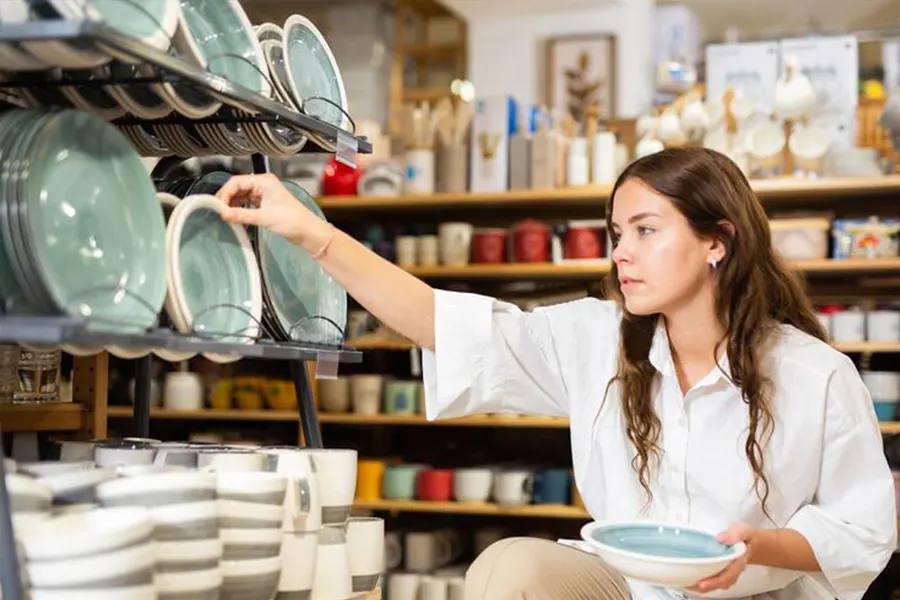
A. Online vs. In-Store Purchasing
When purchasing ceramic dinnerware, you have the option of buying online or in-store. Each option has its advantages and disadvantages that should be considered to ensure a satisfactory buying experience.
Online shopping offers convenience and a wide range of options. You can browse through numerous websites and compare prices and designs from the comfort of your home. However, online shopping may come with uncertainties, as you are unable to physically inspect the dinnerware before purchasing. It is crucial to read customer reviews, examine product descriptions, check the return policy of the online store to minimize the risk of disappointment and source a reputable ceramic dinnerware manufacturer.
In-store shopping, on the other hand, allows you to physically touch and inspect the dinnerware. You can feel the weight, examine the quality, and evaluate the design firsthand. Additionally, in-store shopping offers the opportunity to seek advice from knowledgeable sales staff who can guide you in making the right choice. However, in-store shopping can be time-consuming, and the range of options may be more limited compared to online shopping.
Consider your personal preferences and the importance of physically inspecting the dinnerware before making your decision.
B. Secondhand and Vintage Options
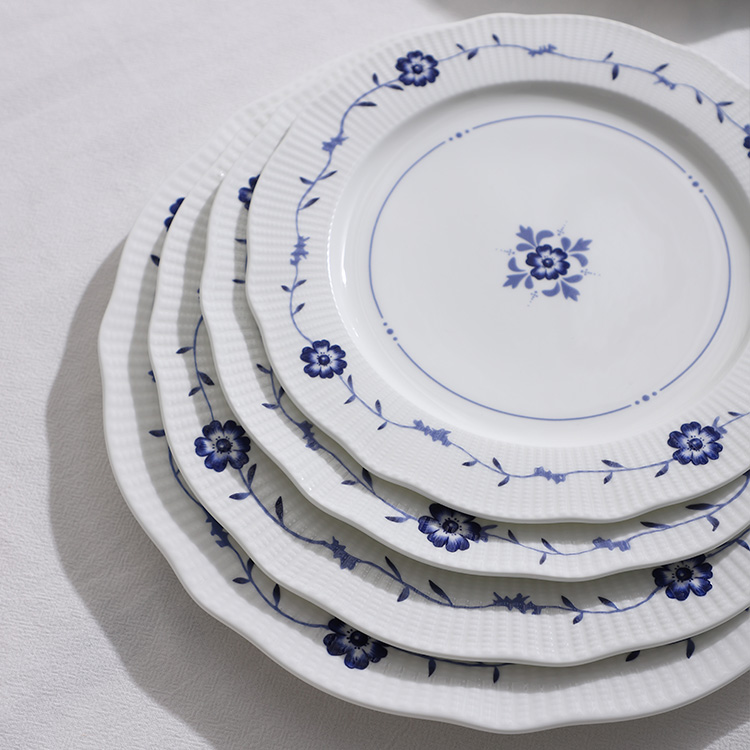
Secondhand and vintage ceramic dinnerware options have gained significant popularity due to their unique charm and character. They offer an element of nostalgia and can be a sustainable choice, as they give new life to pre-loved items.
When considering secondhand options, it is crucial to carefully inspect the dinnerware for any signs of wear, cracks, or chips. Quality secondhand options can be found in thrift stores, antique shops, or online marketplaces. With a bit of patience and persistence, you may discover hidden gems that perfectly suit your taste.
Vintage dinnerware, though appealing, may require special care and maintenance. Some vintage pieces may not be dishwasher-safe and may need to be hand-washed to preserve their delicate patterns and finishes. Consider the practicality and longevity of vintage dinnerware before making your decision.
Conclusion
In conclusion, selecting the right ceramic dinnerware is an essential aspect of creating a remarkable dining experience. By understanding the different types of ceramic materials, evaluating factors such as style, durability, functionality, size, and safety, and considering budget and buying options, you can make an informed decision that aligns with your personal preferences and requirements.
